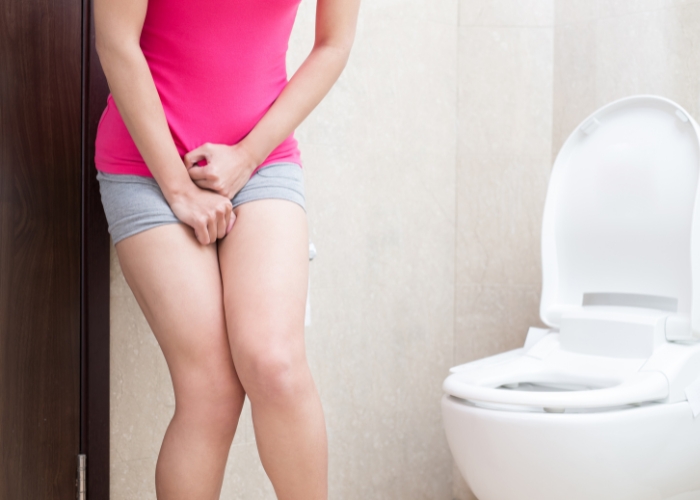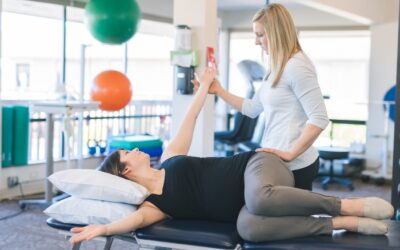If you’ve been experiencing sudden, uncontrollable urges to urinate, accompanied by bladder or pelvic pain, you’re not imagining it. These are hallmark symptoms of a lesser-known—but often misunderstood—condition known as interstitial cystitis (also called bladder pain syndrome). We’re here to help you make sense of your symptoms, find answers, and discover treatments that can bring relief.
What Is Interstitial Cystitis (IC)?
Interstitial cystitis is a chronic, non-infectious condition that causes inflammation of the bladder wall. Unlike a urinary tract infection (UTI), IC isn’t caused by bacteria. While exact causes remain unclear, it may involve immune system dysfunction, nerve irritation, genetic and pelvic floor factors, or a damaged bladder lining that becomes irritated by urine Verywell Health+6Cleveland Clinic+6Wikipedia+6.
Key Symptoms to Know
The symptoms of interstitial cystitis can vary but typically include:
- Intense pelvic or bladder pressure and pain
- Sudden, urgent need to urinate—even right after just going SELF+14nhs.uk+14Dignity Health+14
- Frequent urination during the day and at night SELF+15nhs.uk+15University of Michigan Health+15
- Pain relief after urination Wikipedia+15nhs.uk+15Brigham and Women’s Hospital+15
- Tenderness in the pelvic floor muscles, often worsened by holding urine or intercourse Urology Health+11SELF+11Verywell Health+11
The condition tends to flare and subside over time. Women often report symptom flare-ups during menstruation or after consuming specific foods or beverages .
Why IC Is Often Misdiagnosed
Because IC shares many symptoms with UTIs and other pelvic conditions (like endometriosis or overactive bladder), diagnosis is often delayed. Many women undergo repeated antibiotic treatments with little relief before a proper IC evaluation .
Common Risk Factors
- Being female—IC affects women up to five times more often than men Verywell Health+10Wikipedia+10SELF+10
- Age—typically arises in middle age, though younger women can be affected
- History of pelvic floor dysfunction, allergies, or autoimmune conditions Johns Hopkins Medicine
- Nerve sensitivity or repeated bladder irritation that damages the protective lining Verywell Health+3Wikipedia+3NCBI+3
How IC Is Diagnosed
Diagnosis is based on symptoms lasting six weeks or more, after ruling out infections, bladder cancer, UTIs, and other possible conditions. Common steps include:
- Medical history and symptom evaluation
- Urine tests to exclude infections
- Pelvic exam to identify tenderness in muscles
- Optional bladder procedures like hydrodistention or cystoscopy to assess bladder lining changes
Treatment Strategies for Relief
There’s no one-size-fits-all cure for IC, but many options can significantly improve comfort and quality of life. Treatment often combines several approaches:
Lifestyle and Behavioral Adjustments
- Keeping a symptom and diet diary to identify trigger foods like caffeine, alcohol, or spicy items
- Bladder training techniques to gradually increase interval between bathroom trips
- Pelvic floor physical therapy to relax tight muscles rather than strengthen them
Medications
- Pain relievers (NSAIDs or acetaminophen) and antispasmodics for muscle tension
- Tricyclic antidepressants (e.g., amitriptyline) to ease nerve pain and urgency
- Antihistamines and bladder lining protectants like pentosan polysulfate
Procedures
- Bladder instillations using soothing solutions through a catheter
- Hydrodistention to stretch the bladder and relieve discomfort
- Neuromodulation or Botox injections when other treatments have limited effect
Advanced Therapies
- Sacral nerve stimulation lowers urgency and pain signals Wikipedia
- Surgery is rare and reserved for severe or stubborn cases
Living Well with IC
Finding the right combination of treatments may take time. Many women benefit from multidisciplinary care—working with urogynecologists, pelvic floor therapists, dietitians, and even mental health professionals.
As one SELF article recounts, “80 percent of people with IC/BPS have overactive or tight pelvic floor muscles … [they] struggle to empty, and could find themselves making repeat trips to the bathroom that do little to alleviate symptoms”
Your Next Steps
If you are experiencing persistent bladder pain, urinary urgency, frequent urination, or pelvic discomfort, don’t ignore your body’s signals. Schedule an evaluation with Dr. Solafa Elshatanoufy at Katy Women’s Pelvic Health. We provide:
- In-depth consultations and symptom assessments
- Advanced diagnostic testing
- A personalized plan combining lifestyle strategies, targeted therapies, and specialist referrals
Blog Disclaimer
This blog is for educational purposes only and does not replace professional medical advice. Please consult your physician or a qualified healthcare provider for personalized diagnosis or treatment related to bladder or pelvic symptoms.



